Cabinet knobs and handles are often overlooked details in kitchen and bathroom design, but they can make a big impact on the style and functionality of your space. Choosing the right knobs and handles for your cabinets and drawers is an important decision that deserves careful consideration.
In this article, we’ll explore the different types of cabinet knobs and handles, the pros and cons of each style, and the latest trends to help you find the perfect match for your home.
Whats included:
- Types of Cabinet knobs and handles
- Factors to consider
- Current trends
- Materials and finishes
- Measuring and installing
Types of Cabinet Knobs and Handles
Cabinet knobs and handles come in a wide range of shapes, sizes, materials and styles. Here are some of the most common options:
- Round knobs: These classic knobs are available in a variety of sizes and can be dressed up or kept simple. Pros are they work with many styles and add a timeless look. Cons are they show dirt and fingerprints easily.
- Curved or bowed handles: Often called cup or C handles, these have an elegant curved shape. Pros are they are easy to grip and stand out. Cons are they can snag clothing or look cluttered if not spaced properly.
- Bar or rectangular handles: These modern handles work well in contemporary kitchens. Pros are they have a streamlined look. Cons are they show smudges and can be slippery if narrow.
- Crystal or glass knobs: For a glamorous vibe, choose glass or crystal knobs that sparkle. Pros are they dress up your space and reflect light. Cons are they can look gaudy if overused or prone to chips and cracks.
- Pulls or backplates: These provide a large flat area to grip instead of just a knob. Pros are they are easy to open, especially for those with limited mobility. Cons are they stand out less than decorative knobs.
- Novelty or decorative knobs: Knobs shaped like flowers, sea shells or other objects add whimsy. Pros are they show personality. Cons are the novelty can wear off or look juvenile if overdone.
- Smart knobs: New high-tech smart knobs allow keyless or fingerprint entry. Pros are they provide security and convenience. Cons are they require power and WiFi connectivity.
- DIY knobs: For one of a kind knobs, try painting, stenciling or decoupaging inexpensive wood or ceramic knobs. Pros are they allow total customization on a budget. Cons are they take time and skill to make properly.
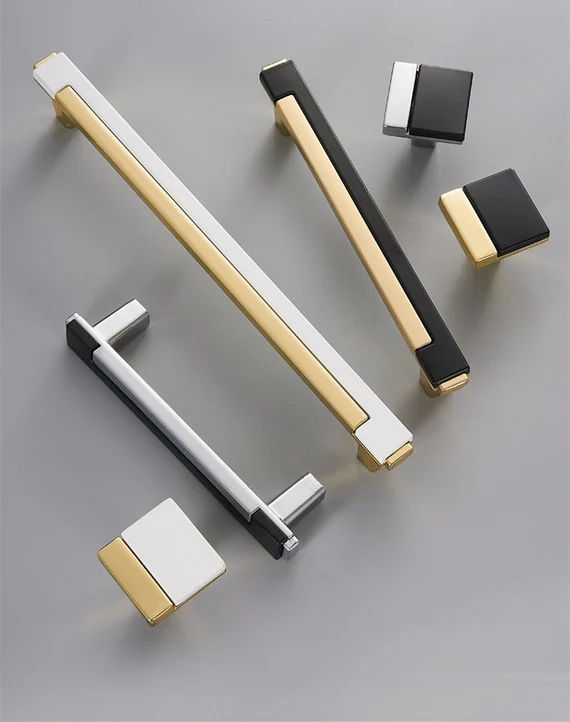
Factors to Consider when buying Cabinet Knobs
When choosing cabinet knobs and handles, keep the following factors in mind:
- Style – Match knob style to your existing decor – such as modern, traditional, rustic, etc. Mixing styles usually doesn’t work well.
- Size – Larger knobs make a statement, while smaller knobs recede. Pick proportional sizes for cabinets and drawers.
- Spacing – Allow a minimum 2-3 inches between knobs and handles so they are easy to grip and visually balanced.
- Finish – Brushed nickel, bronze, chrome, copper and more – choose a finish that coordinates with faucets and lighting fixtures.
- Durability – Opt for durable materials like metal over fragile crystal or glass if you have kids. Porcelain and enamel stands up to heavy use.
- Budget – While special knobs can elevate your space, simple classics are often most affordable. Check home improvement stores for deals.
- Ease of installation – Some knobs require re-drilling holes or special tools for installation. Look for easy press-in options or templates.
Current Trends
Some popular kitchen and bath cabinet knob trends include:
- Matte black hardware – Has a modern, sophisticated look, especially with white cabinets
- Mixed metals – Combining complementary metals like brushed nickel and bronze provides depth
- Wood details – Warm wood tone knobs also soften contemporary spaces
- Skeleton keys – Classic style with a modern twist
- Bold colors – You can certainly make a vibrant splash with knobs in gem tones like emerald or sapphire
- Vintage inspired – Mushroom knobs, glass crystal and ceramic designs with an antique feel
- Natural material knobs – Knobs made from agate, marble, travertine or real wood slices
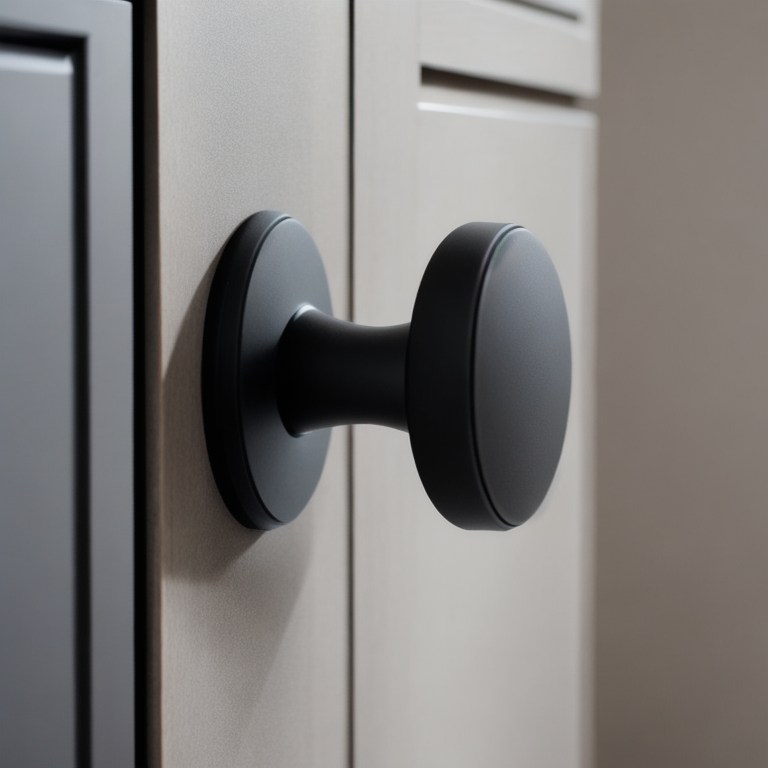
Cabinet Knobs Materials and Finishes
When selecting cabinet knobs, consider the range of materials and finishes available. Most knobs today are made from stainless steel, iron, porcelain, wood, glass or crystal. Stainless steel and iron knobs are extremely durable and come in satin, brushed, or polished finishes. Porcelain knobs are sturdy and come in glossy or matte finishes that mimic materials like marble or granite. Crystal and glass knobs add elegance, however they may chip or shatter if knocked hard. Wood knobs complement traditional decor and can be stained in different shades.
Other finishes like antique bronze, chrome, oil-rubbed bronze and brass convey different styles, from modern to traditional. High-end knobs may be made of luxury materials not only crystal but also semiprecious stones, or shells. Also the finish and material should coordinate with your cabinetry and other hardware finishes for a cohesive look.
Measuring and Installation
Here is a step-by-step guide to measuring and installing cabinet knobs:
Measuring for Cabinet Knobs
Step 1:
Remove existing knob or handle and any screws from the cabinet door or drawer front.
Step 2:
Use a metric measuring tape to measure the diameter of the existing hole(s). This is important for finding a replacement knob that will fit properly.
Step 3:
Measure the horizontal distance between the screw holes if there are two. After that make sure any new knobs match this spacing.
Step 4:
Write down these measurements to take with you when shopping for new knobs.
Installing Cabinet Knobs
Step 1:
After purchasing new knobs, hold them up to the cabinet to confirm they align with the existing screw holes.
Step 2:
If the knob comes with a template, place it over the hole(s) and use a pencil to mark where the new screws should go.
Step 3:
Use a drill with the appropriate sized bit to drill new screw holes if needed. Insert any wall anchors if drilling into drywall.
Step 4:
Carefully screw the new knobs into place. Use a screwdriver rather than a drill to avoid stripping the screws.
Step 5:
For knobs with set screws, tighten the set screw against the door or drawer front using the small Allen wrench provided.
Step 6:
Once secured, check that each knob is straight and oriented correctly. Tighten any loose knobs.
Step 7:
Repeat the process for each door and drawer to achieve a consistent look. Step back and admire the finished look once all the new hardware is installed!
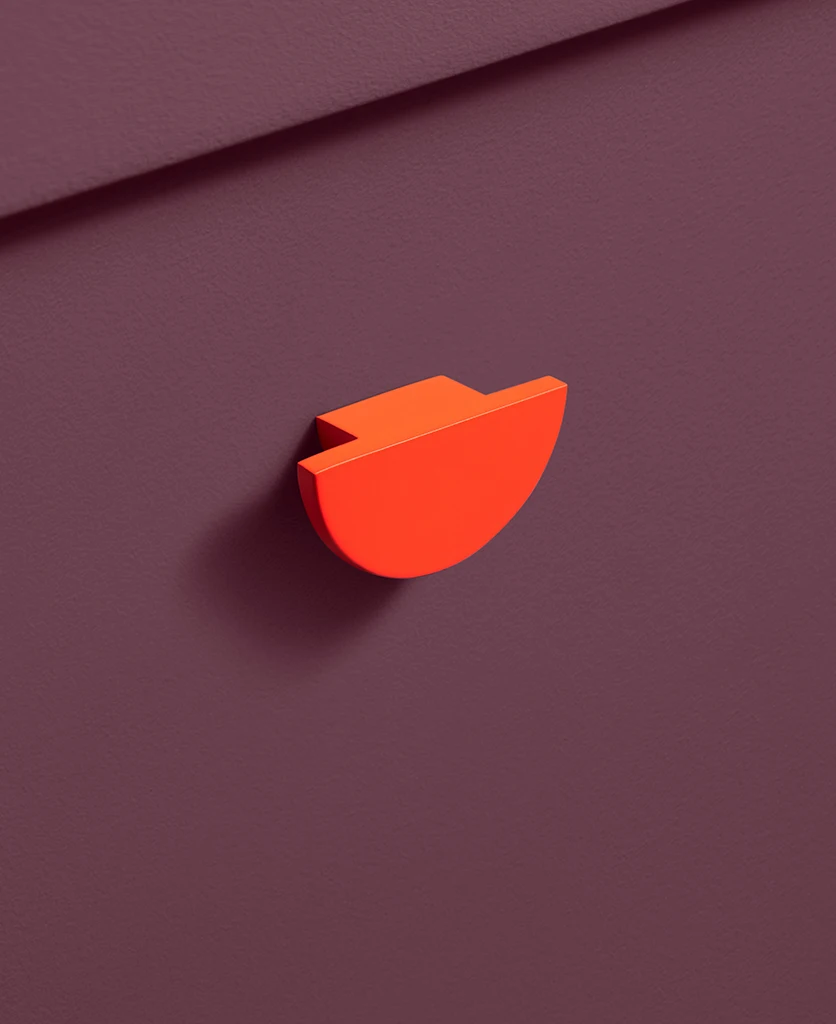
The options for cabinet knobs today are seemingly endless. By thoughtfully considering the look you want and factors like size, spacing, durability and ease of installation, you can choose hardware that makes a stylish statement and provides easy function for your space.
Firstly take your time, have fun shopping and let the knobs be the jewels that add the perfect finishing touch.
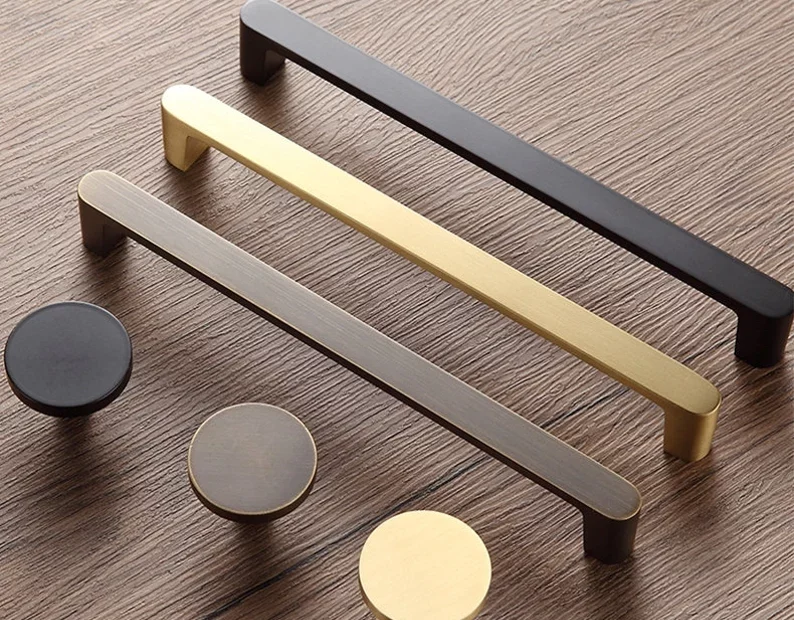
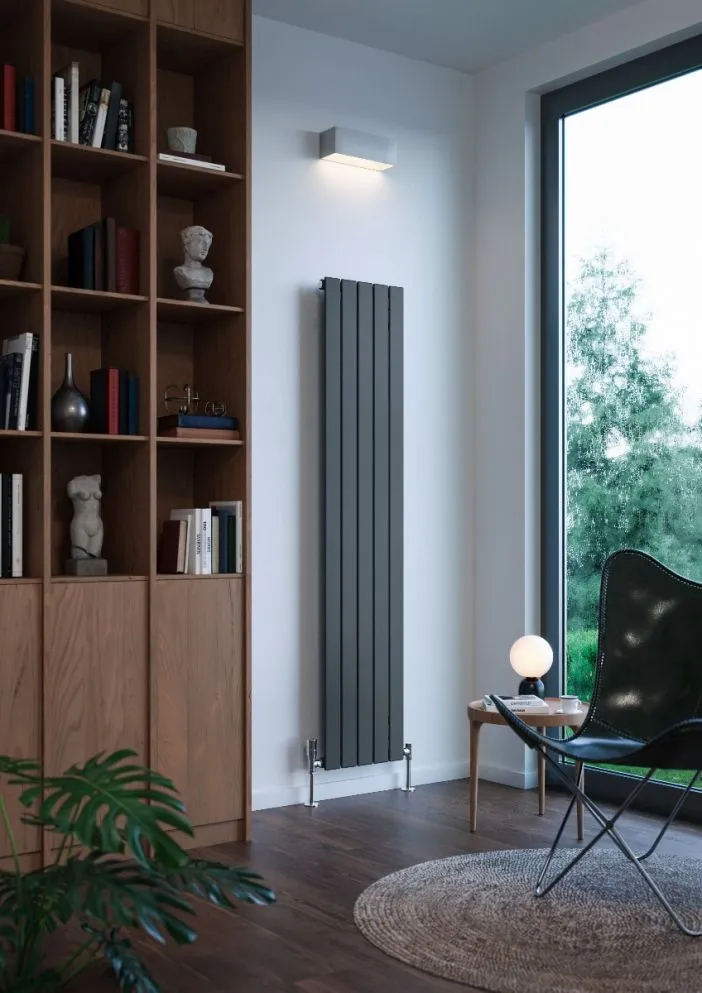

Pingback: 10 DIY Home Improvements on a budget - The Home Improvement Hub